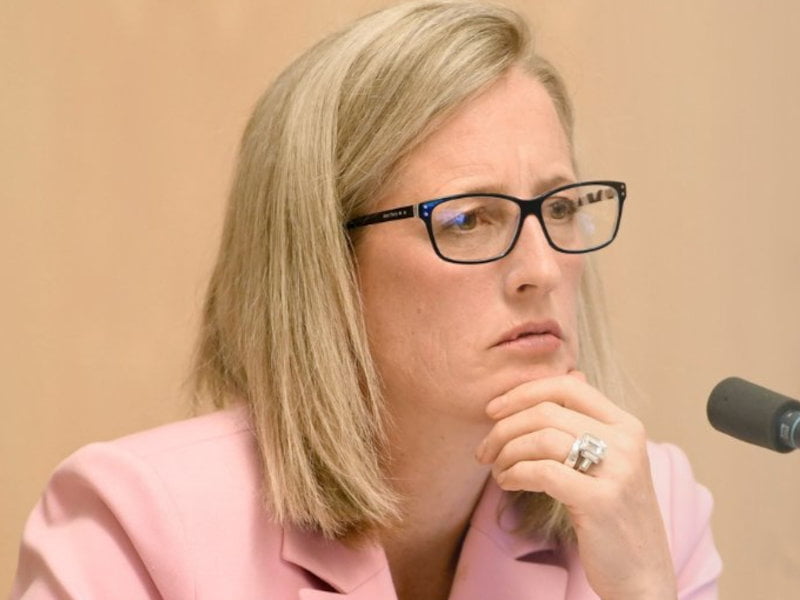Finance minister Katy Gallagher wants to see a $3 return to the economy on each dollar spent by the federal government as part of its sovereign procurement plan.
Ms Gallagher revealed the expected return on investment in response to questions from InnovationAus.com about the Future Made in Australia Office, which is delivering the Buy Australia Plan.
“We think that, if taxpayers are spending a dollar, we want to make sure we’re getting $3 for that,” she said this week.
“If it’s actually investing in local companies and providing security for them, meets taxpayer obligations, that’s a good outcome.”

The 10-point Buy Australia Plan aims to help build domestic industry capability using the government’s purchasing power.
The Future Made in Australia Office, which is implementing the plan, was set up late last year using existing resources from the Department of Finance, and the Department of Industry, Science, and Resources.
It is unclear if the office will receive any additional funding in next week’s federal Budget despite a review of Services Australia and the NDIA contracts that found poor value for money considerations, among other procurement issues.
Ms Gallagher said that the allocation of department resources is constantly assessed, but acknowledged there’s “more to be done”.
“We’re working with ministers, having meetings with each minister that has a responsibility under our Buy Australian Plan. We’ve had roundtables, we’ve engaged with industry,” she said.
The government is also coping with “legacy pressures of reducing the capability of the public service”, she added.
A specific metric of success remains under development, according to Industry and Science minister Ed Husic, who said “more Australian industry involvement” is an obvious yardstick.
“If we get it right, we can provide a huge bonus in meeting the needs of government but using Australian industry to do so,” he said.
“One of the reasons we set up the Future Made in Australia Office…. was to start thinking through how we could coordinate that and open up procurement pathways to engage.”
While Defence procurement is already used as a lever for industry development support, Mr Husic said “from a civil perspective there’s a lot that can be done”.
“I think taxpayers also have a keen sense that it makes good sense to be able to, if we’re buying goods and services, to try to get them locally,” Mr Husic said.
“I do think it’s important that we can get value for money by using Australian industry that have got products that are used by other governments and other firms from overseas. They’ve signalled their faith and support in the capability of Australian industry, and we want to be able to demonstrate likewise.”
A Defence industry strategy will be released later this year and will include a focus on reforms to defence procurement to support the development of Australian defence industry.
Last week, the government revealed one mechanism: a $3.4 billion defence innovation accelerator that will replace a series of industry-facing programs that have struggled to deliver for the Australian Defence Force.
The Productivity Commission in March highlighted that some Defence procurements have an effective rate of assistance for domestic production of up to 300 per cent, far above any other industry, where assistance broadly sits between 0 to 5 per cent.
Do you know more? Contact James Riley via Email.

